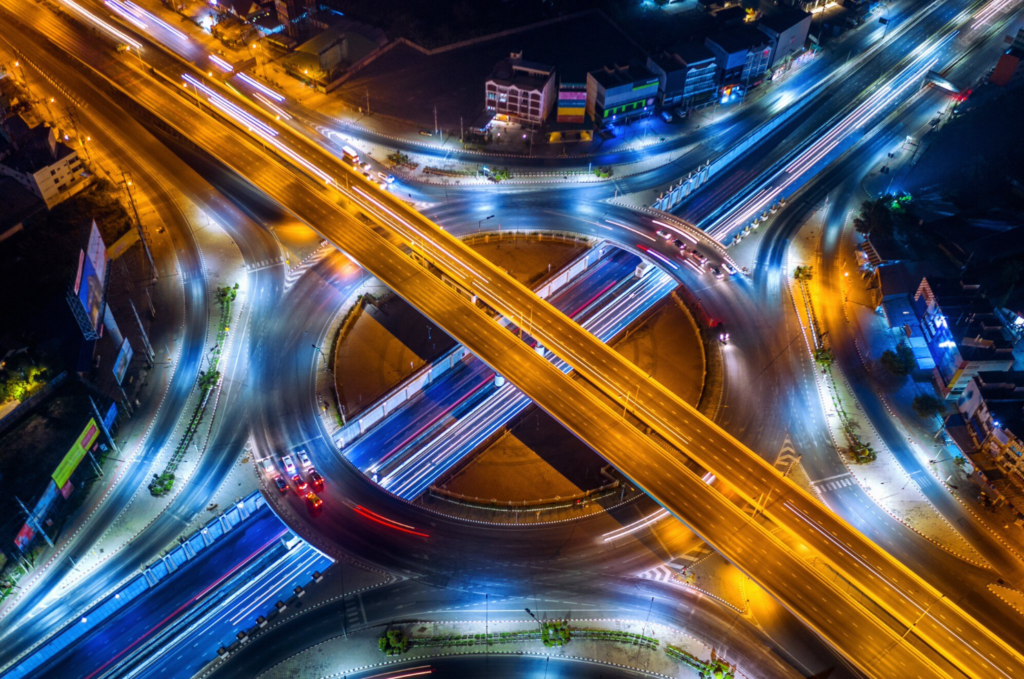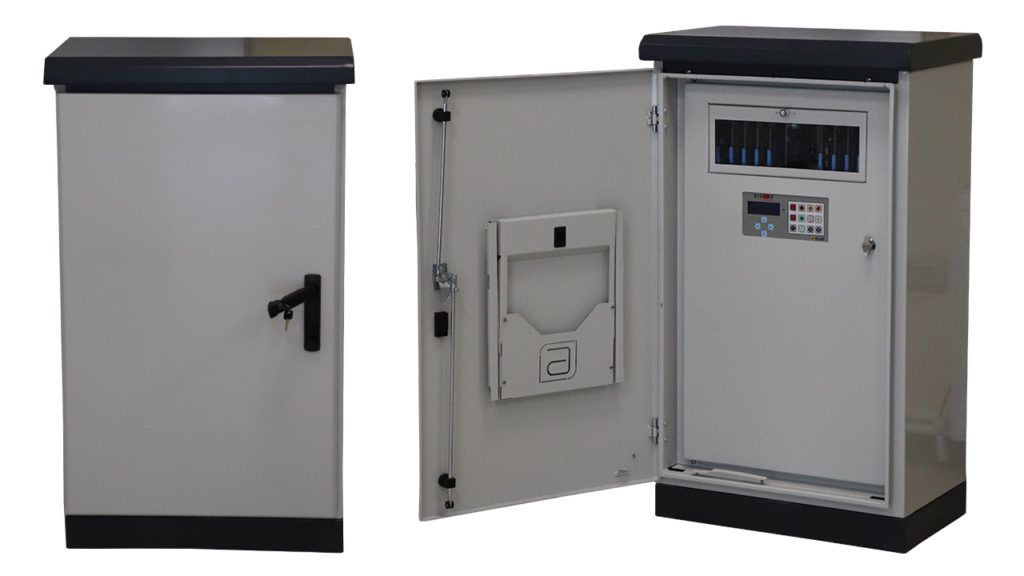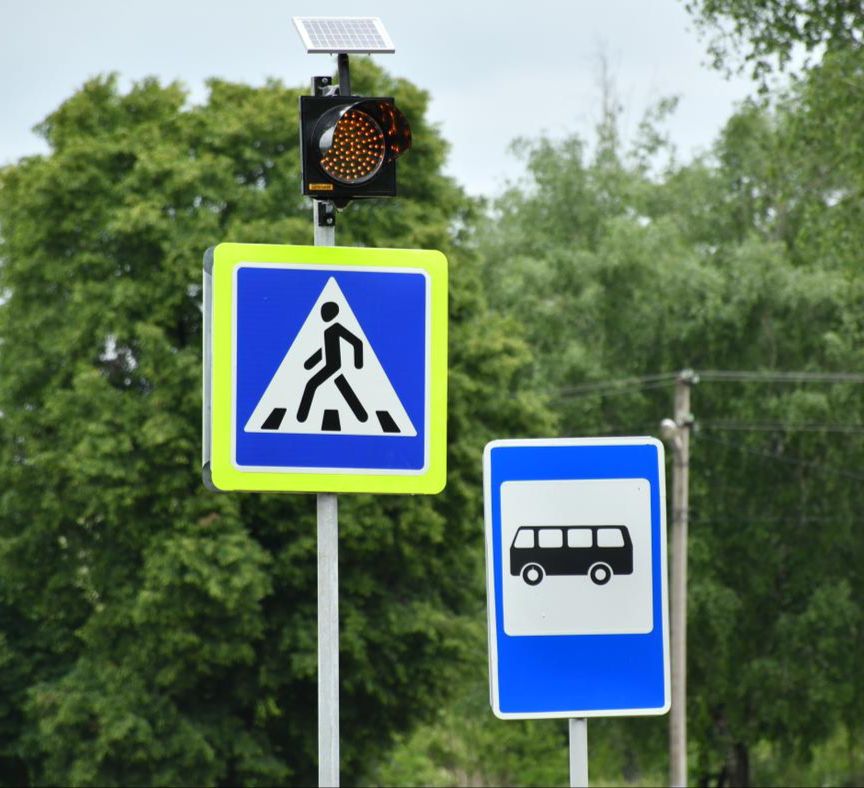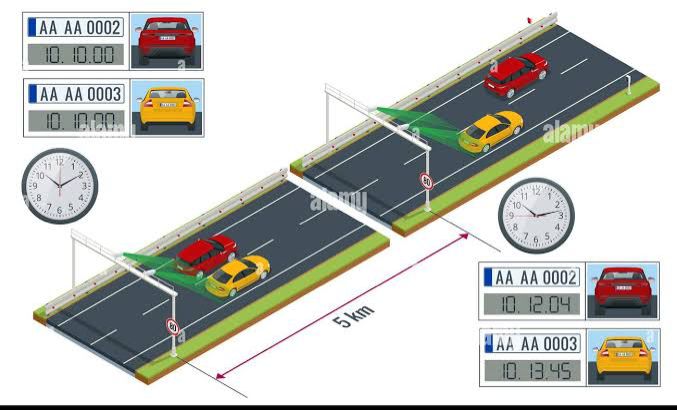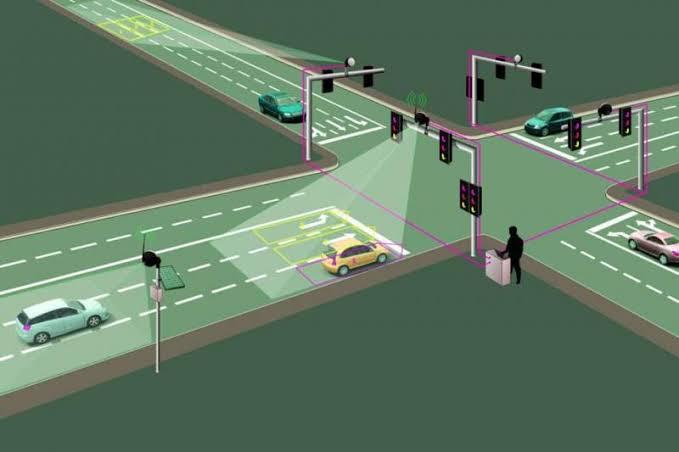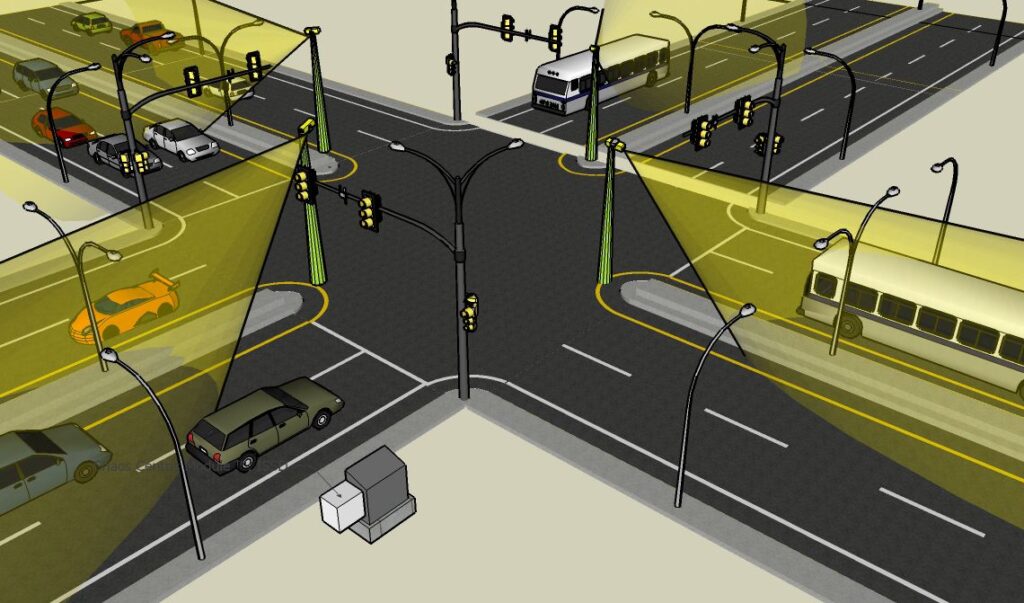
Optimizing Traffic Flow
To avoid overloading specific sections of the traffic network, signaling systems can be implemented to manage vehicle flow and direct congestion to more suitable areas. However, it’s crucial to evaluate the impact of such congestion on traffic safety.
Adjusting traffic flow through signals can help prevent bottlenecks in critical areas of the road network. If there’s a disparity in traffic density between lanes on highways with more than two lanes, lane control signals should be used to manage the direction of traffic flow.
Traffic conditions at current intersections should be assessed through direct observation or measurements. For new or modified intersections, or when changing signal systems, methods like calculating waiting times, stops, and travel times should be used to evaluate traffic flow.
If an intersection without signals causes significant delays due to congestion, implementing signals along with structural changes can alleviate traffic flow issues. Signal control can also be applied more broadly to manage traffic effectively across the entire network, not just at individual intersections.
Consider improving intersection traffic management if:
- There is persistent queuing due to left-turning vehicles on the main road.
- Vehicles often wait for extended periods (e.g., more than 2-3 minutes).
- Pedestrians or cyclists experience long wait times (e.g., over 60 seconds).
If public transport is frequently delayed at intersections due to transitional advantages or left turns, signal adjustments may benefit public transit.
Fuel Efficiency
While the primary goal of installing signaling systems is not fuel conservation, it should still be considered. Effective control methods that maintain steady traffic speeds within optimal limits can reduce fuel consumption. Signals should be set with a cycle time that accommodates traffic density, and adjustments to signal timing based on traffic flow fluctuations can further decrease fuel use.
Partially deactivating signals during off-peak hours and optimizing green wave speeds can contribute to minor fuel savings.
Emission Reduction
Signal control not only helps with fuel savings but also reduces emissions of various exhaust gases. Fewer stops and smoother travel across intersections lower exhaust emissions, which is particularly beneficial in areas with heavy pedestrian and bicycle traffic.
Turning off engines during long red lights can reduce emissions. Even brief periods of engine shutdown during red lights can lead to decreased exhaust gas emissions and fuel savings.
Noise Reduction
Signal control affects noise levels, especially concerning driving style approaching intersections. Reducing stops and delays, particularly for heavy vehicles, can significantly lower noise levels, especially during off-peak hours. However, different signal control methods generally show no significant variance in noise emissions.
Balancing Competing Objectives
Signal control aims to address the needs of various traffic participants and local residents. Pedestrians, cyclists, public transport passengers, and heavy vehicle drivers all seek safe and efficient traffic flow. Since it’s impossible to satisfy all needs simultaneously, conflicts of interest arise.
The design of signaling systems should consider the needs of both traffic participants and local residents, balancing these competing demands according to their priorities.
